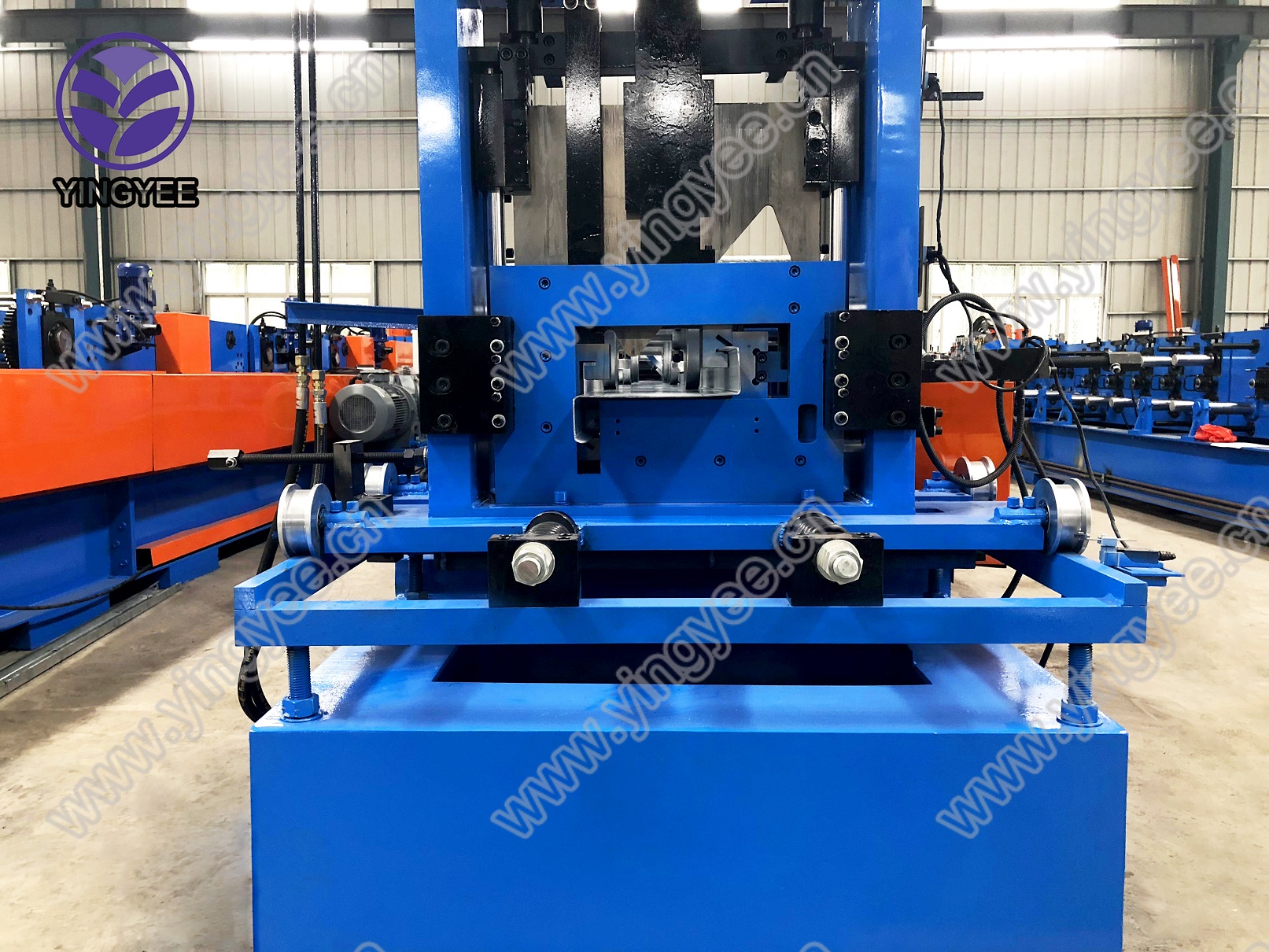
The Wall Angle Roll Forming Machine A Key Player in Metal Fabrication
In the modern manufacturing landscape, efficiency and precision are paramount, particularly in the context of shaping and forming metal components. One of the pivotal machines that meet these requirements is the wall angle roll forming machine. This sophisticated equipment plays a critical role in producing metal profiles that are essential in various industries, including construction, automotive, and furniture manufacturing.
What is a Wall Angle Roll Forming Machine?
A wall angle roll forming machine is specifically designed for creating L-shaped or angle sections from flat metal sheets. The process involves feeding a coil of metal through a series of rollers that progressively bend the material into the desired angle configuration. The output is a high-strength, consistent product that is integral to structural frameworks, brackets, and various other applications.
The Process of Roll Forming
The roll forming process begins with the selection of appropriate materials, typically cold-rolled steel or aluminum. The metal coil is fed into the machine, where it passes through a series of sequential rollers. Each roller is carefully engineered to incrementally shape the metal. As the coil moves through the rollers, it is continuously adjusted to ensure uniformity in thickness and shape.
After the metal has been formed into the desired angle, it may undergo secondary processes such as cutting, punching, or welding, depending on the specifications of the end product. This versatility allows manufacturers to create a wide range of profiles tailored to specific applications.
Advantages of Wall Angle Roll Forming Machines
1. Efficiency Wall angle roll forming machines significantly reduce production time compared to traditional manufacturing methods. Their automated processes allow for high-speed production without sacrificing quality.

2. Consistency and Precision The precision engineering of the rollers ensures that each piece produced is uniform in dimensions. This level of consistency is vital for applications where accurate specifications are critical.
3. Material Utilization Roll forming is known for its minimal waste production. The process uses nearly the entire sheet of material, maximizing profitability and sustainability.
4. Versatility These machines can be adapted to produce various profiles and sizes. With interchangeable tooling, manufacturers can easily switch between different products, enhancing their operational flexibility.
5. Strength and Durability The roll forming process enhances the strength of the resulting products, making them suitable for structural applications that require high load-bearing capacities.
Applications in Various Industries
The wall angle roll forming machine finds its applications across numerous sectors. In construction, the L-shaped angles are utilized in framing and support structures, providing stability to buildings. In the automotive industry, these profiles are used for mounts, brackets, and various other components that require strength while maintaining a lightweight design. Additionally, in furniture manufacturing, these angles contribute to the support and structure of items like desk frames and shelving units.
Conclusion
In summary, the wall angle roll forming machine is an indispensable tool in metal fabrication, offering efficiency, precision, and versatility. As industries continue to evolve and demand higher quality products at faster rates, the importance of such advanced manufacturing technology cannot be overstated. Moving forward, innovations in roll forming technology will likely enhance capabilities further, enabling manufacturers to meet the increasingly complex demands of the modern marketplace. This machine stands at the forefront of a manufacturing revolution, ensuring that businesses can keep pace with today's fast-moving economy.